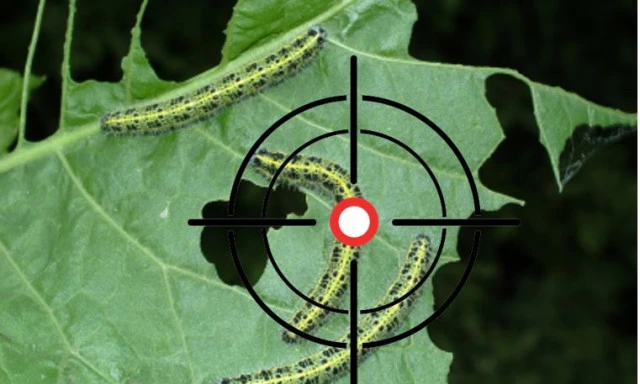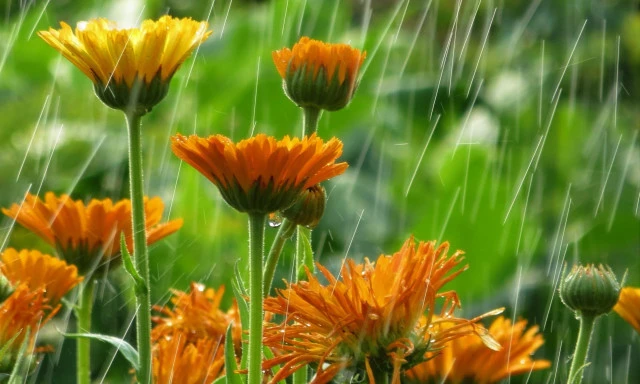Fruit Tree Care
Growing your own fruit trees is one of the delights of gardening in New Zealand. What is better than wandering out into the garden to pick your own lemons, apples, peaches etc.? But there are some tips to making sure the harvest is bountiful and the fruit not affected by pests and diseases.
Choose Your Fruit Carefully
Look at what is growing well in the gardens around yours and look at what is not doing so well. Ask your gardening neighbours about what has cropped well for them and talk to your fruit tree nursery for advice. Get advice on varieties that are resistant to pest and disease damage.
The easiest trees for home gardeners to grow successfully are feijoas, citrus (except in the coldest areas), apples and plums.
Planting
- Once you have chosen the fruit trees you want to grow ask the nursery for advice on planting and read the label on the tree. Too close to winter and you may risk a frost killing it; too close to the summer and some plants won't be able to get enough water.
The trees will benefit from the addition of Kiwicare Gro-Sure Planting Magic 4 in 1 planting mix.
You can reduce the shock of planting and protect roots from root rot diseases by drenching the hole and the tree root ball of non-fruit bearing trees with Kiwicare PLANThealth Fungus Control.
Consider
- Think about the tree size; when it is fully grown will it have enough space?
- Does your tree need cross-pollination? Ask your nursery and check if you need two trees or is there a partner close by your garden.
- Some trees may take several years’ worth of growth before they bear fruit. Be patient.
On-Going Care
Pruning
All fruit trees need pruning. Pruning improves the shape, health and yield of a tree.
Create open structure of stonefruit and citrus trees by taking out the central leader and any close growing internal branches. Good airflow through the tree assists with pest and disease prevention plus pollination.
Talk to your tree supplier for advice on pruning for the trees you have.
- Use sharp pruning tools that give good clean cuts.
- Clean your tools between trees to prevent the spread of fungal spores and bacteria. Keep your pruning tools clean and sterile wiping with methylated spirits or dilute bleach.
- Remove all dead, damaged or diseased limbs.
- In late autumn or early winter ensure you clear up leaf litter and any fallen or dead fruit from beneath your fruit trees. Disease spores and insect pests may overwinter in leaf litter which could re-infect the tree next season.
Protection for Pests and Disease
Prevention is better than cure. This is very true for fruit trees. Not spraying may reduce a tree's ability to yield a good crop of undamaged fruit. Spraying to prevent pests and diseases is needed for many fruit trees to ensure a healthy tree and good crop. Just a few well-timed applications will prevent most problems.
Young trees are often more susceptible to pests and diseases, older more established trees become more able to resist the pests and diseases.
For deciduous fruit trees the following programme is recommended as a minimum best practice to prevent pests and diseases:
Pipfruit
Common diseases and pests include blackspot, powdery mildew, leaf curling midge, blister leaf mite and codling moth.
- Winter – Apply Kiwicare Organic Super Spraying Oil to dormant trees to control mites, scale and aphid eggs.
- Spring – Apply a PLANThealth Copper Fungicide Liquid followed 3-4 weeks later by Kiwicare Organic Super Sulphur to kill the spores of diseases such as black spot and powdery mildew and to kill the eggs of mites and insects that may have survived through winter.
Stonefruit
Leaf curl and brown rot are the most common problems affecting stone fruit.
- Autumn - Apply a PLANThealth Copper Fungicide Liquid followed 2-3 weeks later by Kiwicare Organic Super Sulphur* to kill the spores of diseases such as leaf curl and brown rot.
- Winter – Apply Kiwicare Organic Super Spraying Oil to dormant trees to control mites, scale and aphid eggs.
*Do not use on apricot.
- Spring - Apply PLANThealth Copper Fungicide spray followed a month later by Kiwicare Organic Super Sulphur.
Citrus
Aphids, scale insects, mites and mealy bug may be a problem, particularly in warmer areas. Verrucosis is the most common disease but sap-sucking insects can drip honeydew onto leaves where sooty mould will grow.
- Winter - Apply Kiwicare Organic Super Spraying Oil to trees to control mites, scale and aphid eggs.
- Citrus Tree Borer – Remove any badly affected limbs and inject any borer waste holes in the remaining limbs and trunk with Kiwicare NO Borer Injector.
- Sooty mould - can be controlled with Organic Super Sulphur.
- Download the Citrus Care Calendar
Cure
- Once diseases have got a hold on trees there is often little that can be done to cure the disease. The best that can be hoped for is to stop spread to other trees by spraying with a protective fungicide such as PLANThealth Buxus Blight Buster and reduce the impact of the disease by pruning out badly affected parts.
- Insect pests that penetrate the fruit, such as codling moth in apples, cannot be controlled once in the fruit. Prevention is better than cure.
- For other insect pests such as aphids apply Kiwicare Organic Insect Control at 2-3 day intervals until the problem has been controlled. Application is best carried out late in the day.
- For control of mites, scale and other sap-sucking insects apply Organic Super Spraying Oil ensuring the undersides of leaves are sprayed. Do not use in hot dry conditions.
Identification
To identify the pest or disease use the Kiwicare Problem Solver or take some photos or samples (sealed in a clear plastic bag) to your local nursery for advice.
Fruit Tree Care Calendar
Note: This is a generalised calendar for prevention of pests and disease, it should be adjusted for the tree type and area on New Zealand.
David Brittain
Kiwicare


